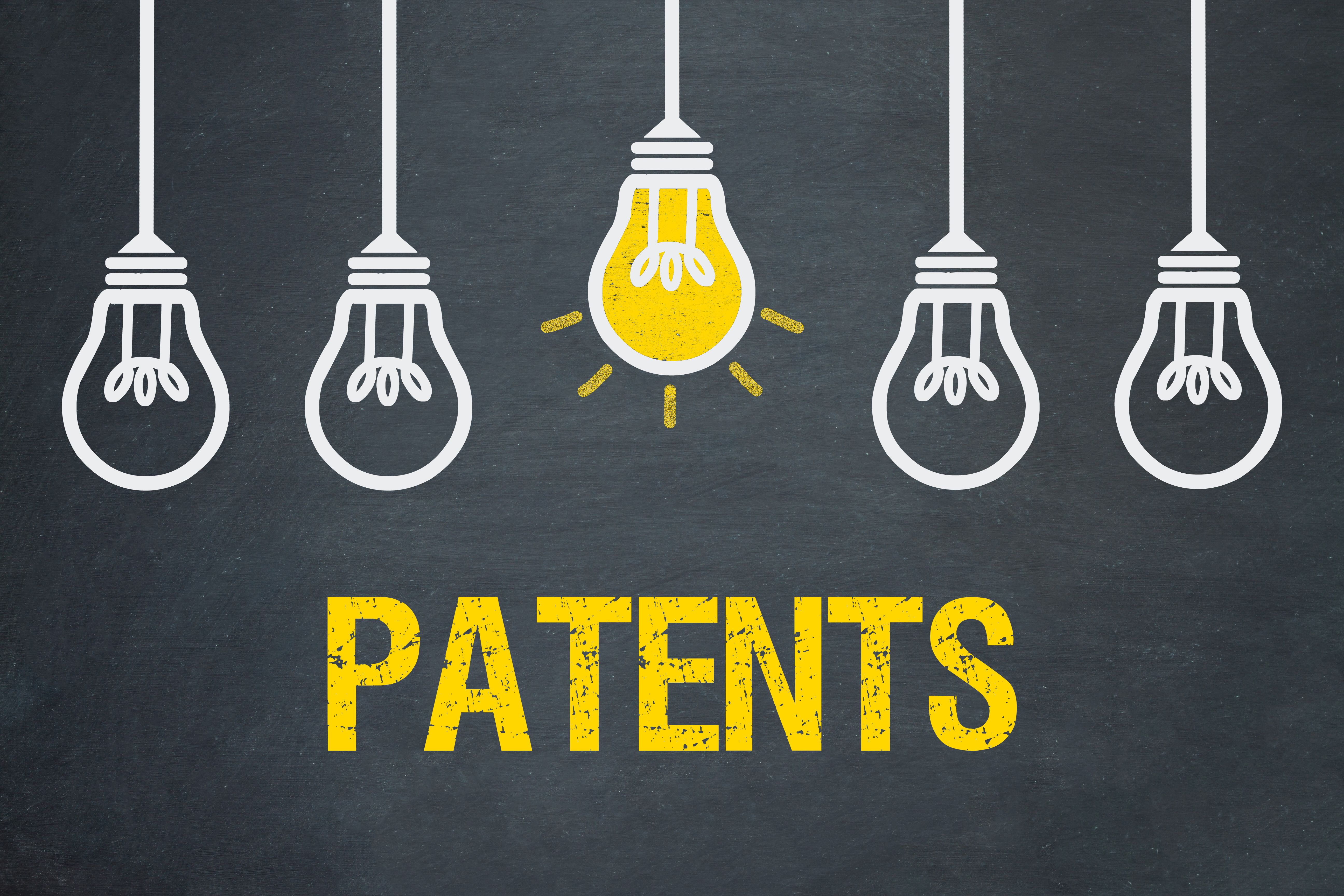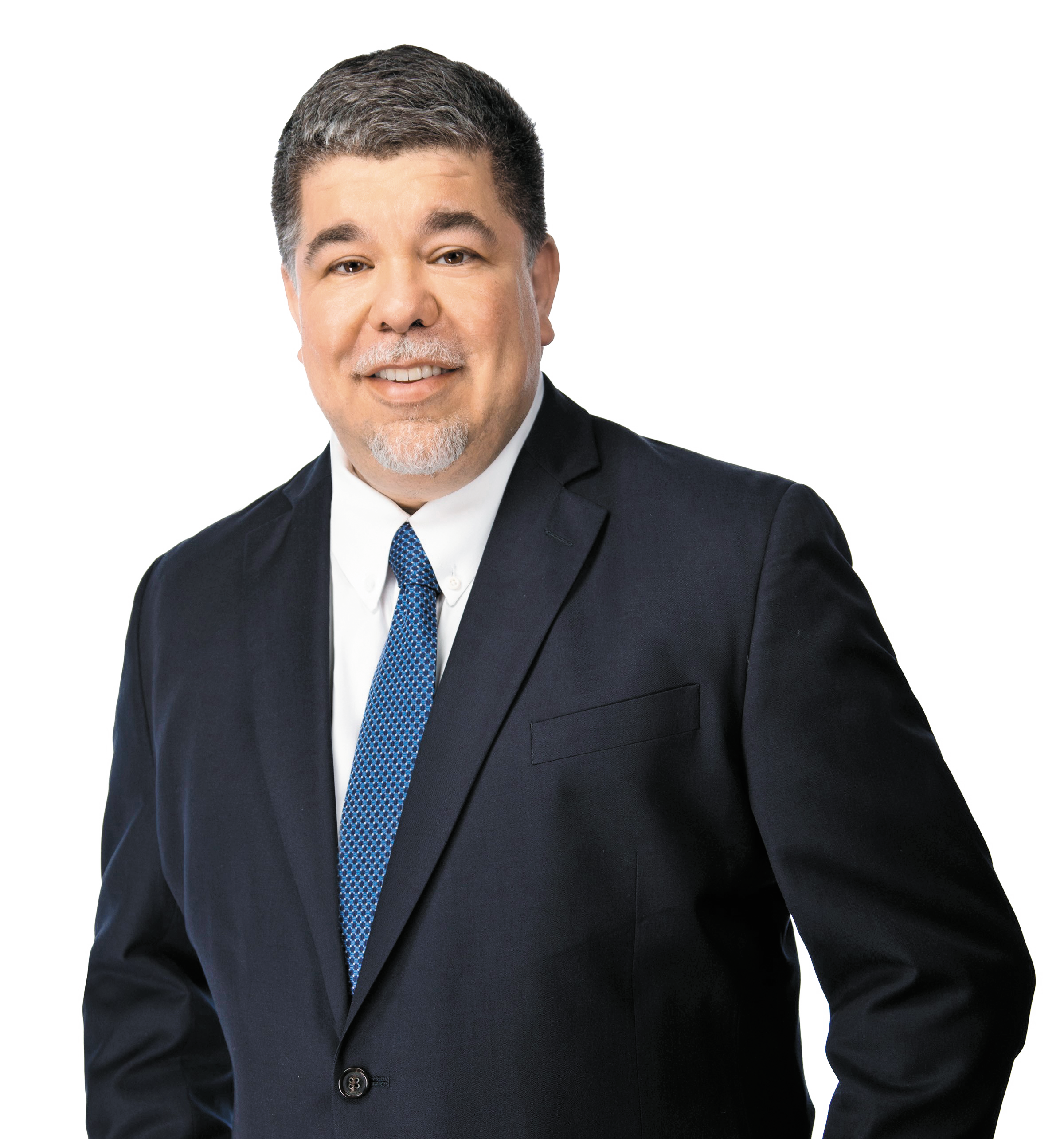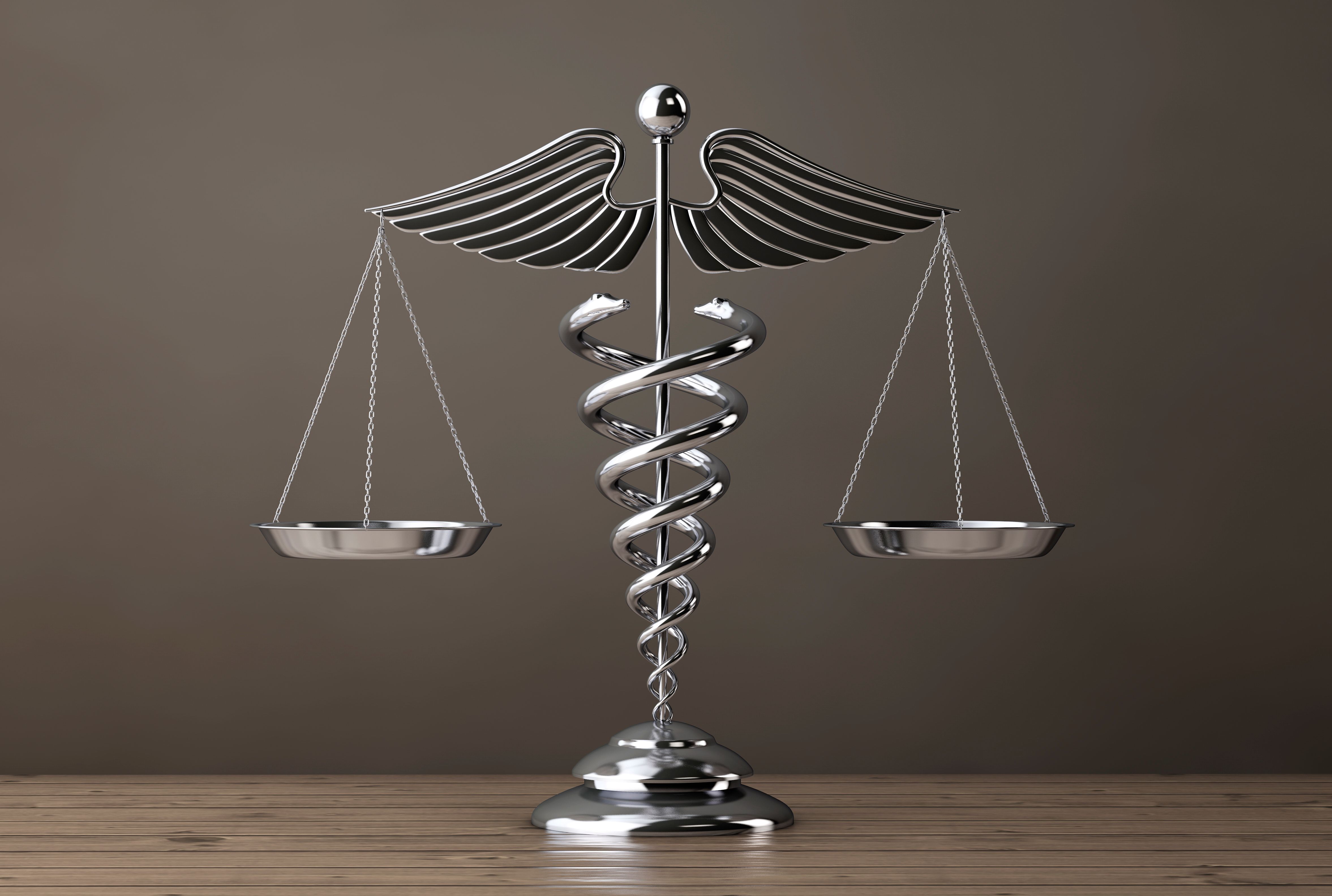- Case-Based Roundtable
- General Dermatology
- Eczema
- Chronic Hand Eczema
- Alopecia
- Aesthetics
- Vitiligo
- COVID-19
- Actinic Keratosis
- Precision Medicine and Biologics
- Rare Disease
- Wound Care
- Rosacea
- Psoriasis
- Psoriatic Arthritis
- Atopic Dermatitis
- Melasma
- NP and PA
- Skin Cancer
- Hidradenitis Suppurativa
- Drug Watch
- Pigmentary Disorders
- Acne
- Pediatric Dermatology
- Practice Management
- Prurigo Nodularis
- Buy-and-Bill
Publication
Article
Dermatology Times
How to use patents to maximize value for your venture
In this follow up to last month’s Innovations column on intellectual property and technology transfer, Raymond A. Miller, J.D., and Steve Xu, M.D., FAAD discuss how to utilize patents to maximize value for your venture.
In this follow up to last month’s Innovations column on intellectual property and technology transfer, Raymond A. Miller, J.D., and Steve Xu, M.D., FAAD discuss how to utilize patents to maximize value for your venture.

Dr. Xu

Mr. Miller

In this follow up to last month’s topic on intellectual property and technology transfer (see: bit.ly/technologytransfer), we will extend our discussion on ownership to patents. I know that discussions around intellectual property (IP) often include a host of new terms that can be overwhelming (e.g. patents, provisional or non-provisional, trademarks, composition of matter or method patents, PCT, etc.). However, the effective transformation of ideas into products or therapies requires a basic understanding of IP. Each type of IP may be important or applicable in protecting a creative product or new therapy, and should be considered by the dermatologist entrepreneur. The focus of this article is how to utilize patents to maximize value for your venture.
A patent confers the right to exclude others from making, using, offering for sale or selling an invention, as recited in the claims of a patent, within the jurisdiction or from importing the invention into the jurisdiction in which the patent is obtained.
The most common type of patent is a utility patent (also known as a non-provisional), which covers the functional components of a product and/or process and protects an invention for 20 years from the filing of the earliest non-provisional application (this non-provisional application is typically filed one year after a provisional application). The other types of patents include design patents (covering the physical designs) and plant patents.
The scope of a utility or non-provisional patent is defined by the numbered sentences at the end of a patent called claims. Claims follow the words “I (we) claim” in a patent. To be infringing, an article, composition or method must fall within the metes and bounds of the claims that issue.
Ownership is key, and although the United States respects the rights of the inventors, often employers (or even the government) have ownership rights in inventions and patents. See the first part of the series for more information. A citizen of the United States should file inside of the country and obtain a foreign filing license (automatic) before filing outside of the United States.
To identify what may be patentable, a patent search of the prior art should be performed by the inventor. There are now several patent engines that make patent searching easy. For example, Google patents is a good first stop. You can start with a simple natural language search that describes your idea with a few key terms. Then, you can start reviewing patents and patent applications related to your key terms to see if another individual or group has already patented your idea.
I have also found that for a patent in question, the cited patents and citing patents are extremely helpful to review, as well. Identifying relevant patents will be important as you prepare your own filing with the help of your counsel. If you do find an issued patent or a patent application that reflects your idea very closely, I would not lose heart and give up. Speak to your patent agent or IP lawyer first to discuss options.
Since patent law is exclusively a matter of federal jurisdiction, the lawyer or agent - a person with the technical background that makes him eligible to represent others before the United States Patent and Trademark Office [USPTO] - does not need to reside in your state to practice. There are a number of great patent lawyers across the country, and you should select one that matches the technical requirements needed to understand your invention.
If you want your counselor to consider broader legal issues, hire a lawyer. If your primary concern is articulating the technical components of your invention, a patent agent may be the right choice. Today you can even check statistics to find out how an individual or a firm performs at the USPTO through software programs, such as Patent Advisor by LexisNexis IP.
Do not be afraid to get a second opinion on selection of counsel; and do not select based solely on price. Many IP firms have special programs for emerging entrepreneurs that can help defray upfront costs.
A common first step in obtaining a patent is to file a provisional patent, which is a less formal application that is not reviewed by the USPTO, but acts as a declaration of your invention. This provisional application can be a cost effective way to protect your invention in a “first-to-file” environment like the United States. A provisional application, like a non-provisional application, provides you with a “patent pending” status. Within 12 months of filing a provisional application, a non-provisional patent application is usually the next step of the process. This application will be reviewed by the USPTO and must contain all of the information you plan to include in your patent, as you are not allowed to add any new material after filing.
As an entrepreneur, it is typical to file a provisional application first. Even for semi-developed ideas or concepts, a provisional patent is a very useful tool to put your stake on the ground and give you some protection before talking to potential external partners. A provisional patent does not require “lawyer speak” to file. Thus, it’s conceivable to file a very low-cost provisional patent to get your ideas, preliminary data (not required) filed. Often times, provisional patents are a good way to protect your IP rights quickly prior to a planned public disclosure (e.g. publication of a journal or conference talk). It is a way to “mark” your idea before collaboration modifies the idea.
During the patent application review, an examiner at the USPTO will verify that the application discloses only a single invention and, if necessary, instruct the inventors to file divisional applications. After this, the patent enters the examination phase, during which the examiner will issue office actions to communicate with the inventor which parts of the application need to be adjusted. If the inventors and the examiner do not come to an agreement, the examiner will issue a Final Rejection. It is “final” for that round of prosecution. However, if the examiner approves the patent application, the USPTO will issue a Notice of Allowance. This process may be as quick as 12-18 months or as long as 3+ years. It will likely take at least 18 months. After a patent is granted, there are a variety of maintenance measures and fees that you must attend to, but these processes are outside of the scope of this article.
To summarize, the first step to obtaining patent protection for your invention is to get your idea down on paper: describe your invention in both pictures and words. Second is to identify patent counsel. Third, perform a patent search to make sure that others have not had the same idea before you.
You need to review the patent literature to identify all prior art that is applicable to your invention. Words of caution-just because your invention is not represented on the commercial market does not mean that someone hasn’t thought about it and that no prior art exists. Finally, to file and obtain a patent work with your patent counsel to develop a patent prosecution strategy and get started on bringing that new idea, product or therapy to market.







